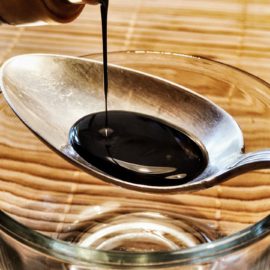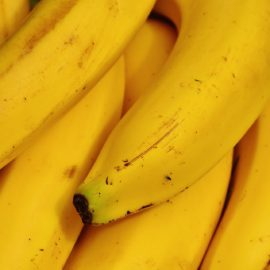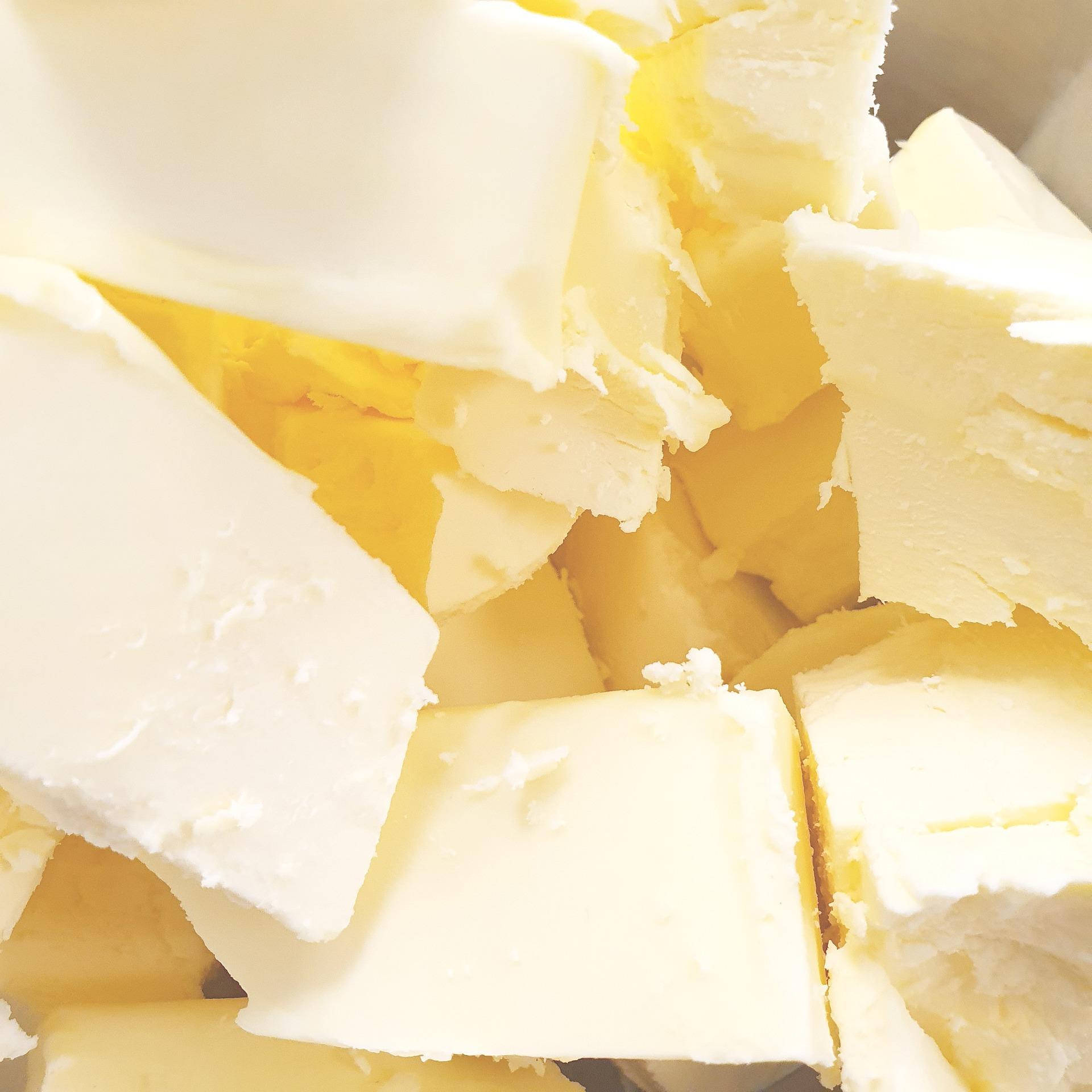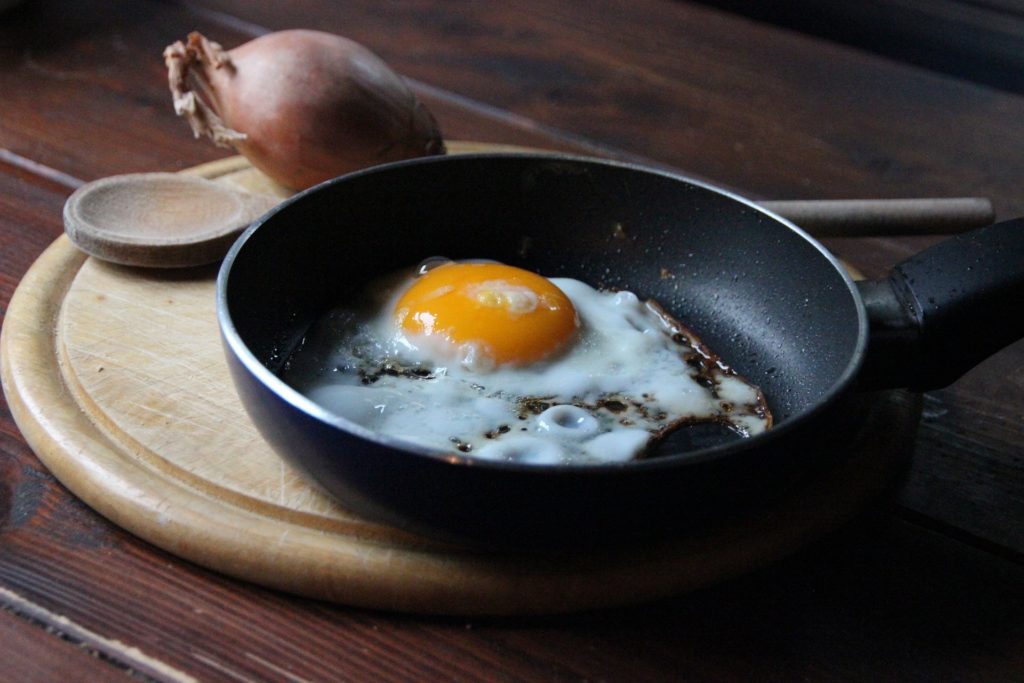
When was the last time you fried food, but lost a good portion of it because it stuck to the pan and burned? Annoying, right? Sure, when it comes to a quick meal, nothing can beat frying. It can get the food cooked in just a few minutes. However, there’s one thing that all us don’t want to happen every time—food that does stick to the pan— cast iron, particularly. This is especially true for foods that are rich in proteins like eggs, fish, beef, and chicken.
Why is that? And how do you prevent it from occurring? Keep reading.
High heat and Maillard reaction
Boiling, poaching, and steaming are just a few methods that use water. But the thing is that water has a boiling point of 212 °F (100 °C). This means beyond 212 °F, water starts to evaporate and no longer available to cook the food. This is where frying is best at— reaching higher temperatures.
Unlike water based cooking, frying uses fat or oil that can be heated twice faster than water and can withstand high heat until it reaches its smoke point or burning point. Smoke point is when the fat that you use to fry with start to create visible smoke. Cooking oils can have a smoke point of as low as 325 °F (162 °C) and as high as 520 °F (271 °C).
While protein-rich food is being cooked by frying, the oil transfers heat energy to the food in the pan. At 284 °F (140 °C), A chemical reaction called the Maillard reaction, also called browning reaction, takes place. In Food Chemistry, the Maillard reaction is a reaction between amino acids in the protein and reducing sugars (yes, meat do contain sugars) or carbohydrates. As this reaction occurs, the food produces brown pigments or color, and new aroma and flavor compounds start to develop.
If the oil is not high enough, the food may stick to the pan
Because like I mentioned earlier, frying requires high heat, higher than water’s boiling point.
Food may stick to the pan because of a chemical reaction between the material of the pan, like iron, and the food itself. Foods high in protein are particularly more likely to stick to the pan. The Royal Society of Chemistry stated that, “Protein-rich foods are particularly prone to sticking because the proteins can form complexes with metal atoms, such as iron, in the pan.” And to add to that, they are low in fat to lubricate the pan’s surface.
Using our unaided eyes, the inside of a pan may have a smooth surface, as always. But the truth is, pans, even those expensive ones you buy at the mall, have very small cracks or gaps that you can only see through a microscope.
Remember thermal expansion in your Physics class? Yes. It states that the metal tends to expand when heated. The surface area, length, and volume. And that metal tends to contract when cooled. Thermal expansion applies here. When the pan is heated, these cracks expand or grow in size, and allow pieces of the food to stick to the pan.
The result? Usually burnt food if you can’t remove it immediately.
Further reading: French Fries And The Science Behind
There is where the state of the oil comes into play. You are not tossing food in a pan of cool cooking oil or oil that has not reached the proper temperature for frying. Instead, pre-heat the oil until it is hot enough so it becomes less viscous, or less resistant to flow.
Let’s go back to your Physics class again when you discussed viscosity. By definition, viscosity is liquid’s resistance to flow. So the less “runny” a liquid is, the more viscous it is— water is less viscous (“runny”) than honey. Commonly, a liquid’s viscosity by is calculated by determining the amount of time it takes to flow through a viscometer tube. One of the main factors that affect viscosity is heat. In general, the liquid’s viscosity decreases as the temperature increases. So as the temperature of the cooking oil increases, its resistance to flow or viscosity decreases. One easy way to observe this is by pouring hot and cold oil into separate containers. Which one flows faster? The below graph shows the viscosity values of 5 different oils in varying temperature.
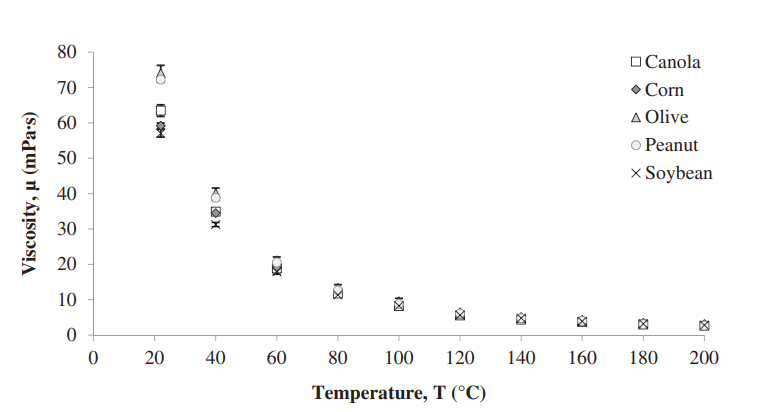
& Brian E. Farkas (2017)
Learn more on viscosity on Sciencing.com.
Oil that is not high enough will not be able to quickly fill these gaps or crack on the surface of the pan. But a hot and less viscous cooking oil will quickly flow and fill the very tiny gaps, preventing food to stick to the pan.
Here are a few more helpful tips to prevent your food from sticking to the pan.
Helpful tips to prevent food from sticking to the pan
Ensure the food’s surface is dry
Food from the refrigerator must be thawed. Frozen, even partially frozen foods will take longer to cook. Let them sit at room temperature for a while. The surface must be dry. Pat dry to remove excess moisture. Any moisture on the surface will only lower the temperature of the oil. If there is no sizzling, the proteins on the surface of the food, and the metal atoms of the pan will only react and make the food stick to the pan.
When frying fish, rub the surface (both sides) with salt. Place in a dish, plastic-wrap it and refrigerate for 2 hours. Doing so will draw out moisture and dehydrate the fish. Before cooking, dry the surface with a paper towel.
Properly pre-heat oil
When do you know if the oil has reached its temperature for frying? One quick way to tell if is starts to shimmer.
A food thermometer will definitely tell. But if you do not have one, employ the Wooden Spoon method. It is one of the most commonly suggested method. This way, the end of a wooden spoon is placed into the oil. The oil is ready if a lot of bubbles are forming around the spoon, and they float up.
However, if it is bubbling hard, the oil is too hot. Another sign of overheated oil is if it is already creating light smokes. At this point, the oil is starting to break down (smoke point). And it is not good because the outside will begin to burn even before the inside gets cooked. Plus, it could create off-flavors.
Ideally, heat the oil just below its smoke point. Most go for an oil with a high smoke point like vegetable oil.
Wait for the sizzling
Knowing the role of water in frying greatly helps in preventing the food to stick.
As soon as you place food in the pan, sizzling will occur. This suggests that the temperature is already above the water’s boiling point. At this point, the moisture on the surface of the food and oil is starting to evaporate. Once the sizzling stops, the rate of increase in temperature increases until the Maillard reaction take place. However, the sizzling will only weaken until the food has completely browned.
Never overload the pan
Cook in batches.
Some people reason that frying many pieces of food at the same time decreases cooking time. This is not true. In fact, it just increases the frying time. This is because placing multiple pieces of food in the pan will drastically drop the temperature of the oil. Instead of activating the Maillard reaction, making the food brown, crispy, and flavorful, it will most likely just stick to the pan.
That’s it. That is the science behind why food sticks to cast iron during cooking. Did we miss something? Or perhaps you have a proven strategy to prevent food from sticking. Share it by leaving a comment below. 🙂
